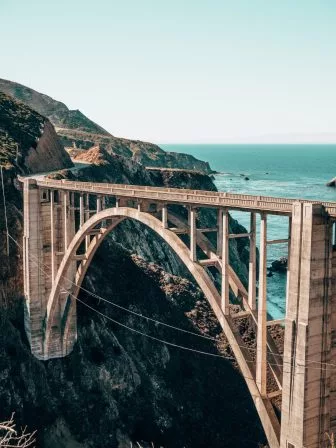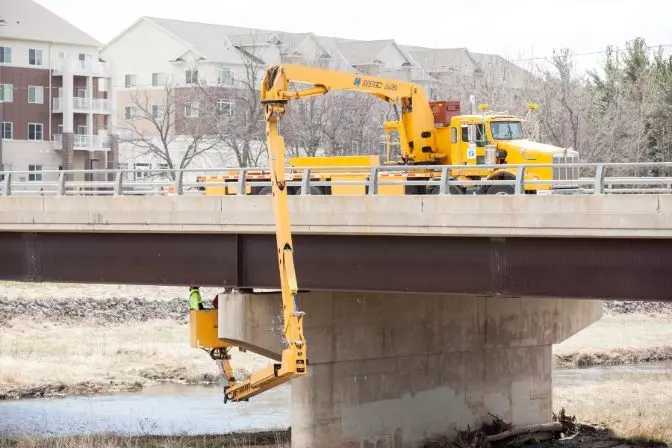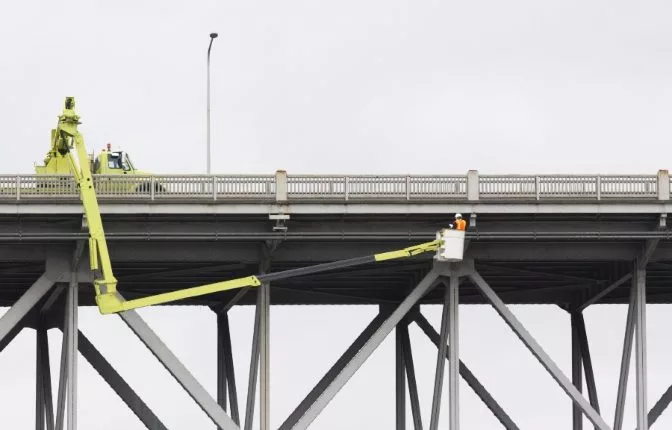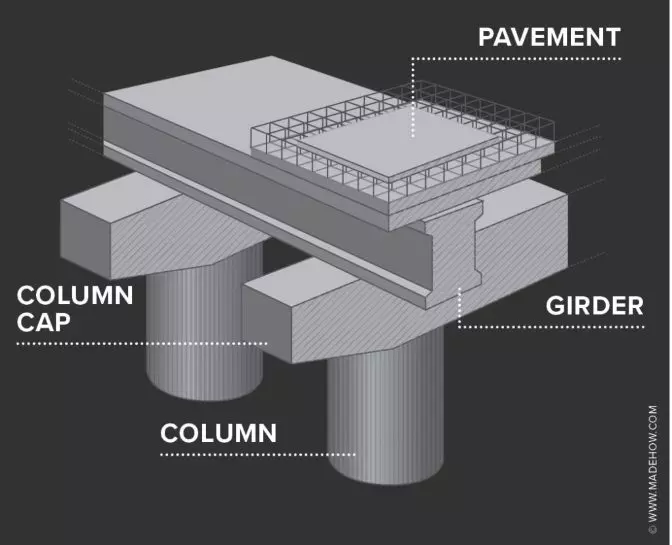Regular bridge inspections are essential for identifying small issues before they become major problems. These inspections help engineers assess the structural integrity of bridges and ensure they remain safe for public use. If a problem in a bridge is not detected early, it could eventually lead to a catastrophic incident, such as a bridge failure or a complete collapse of the bridge, resulting in serious injury or even death. That’s why bridge inspections are required by law in many countries around the world. In this guide, we’ll explore what bridge inspections involve, the different types and techniques used, the challenges inspectors face, regulatory requirements, and how modern technology like drones is transforming the process. Though many people don’t think about the bridges they drive over daily, millions of them exist worldwide, and all require regular maintenance to prevent accidents. In the U.S., for example, there are over 700,000 bridges, each needing to be inspected regularly to ensure safety. While practices may vary globally, most countries require at least one inspection every two years. During an inspection, engineers look for any signs of wear, damage, or structural issues that could compromise the bridge's safety. The traditional method involves using a bucket truck, also known as a snooper truck, which allows inspectors to reach hard-to-see areas, especially under the bridge. These trucks can climb steep inclines, operate in water, and lift inspectors into position for a close-up view of critical parts of the structure. There are several types of bridge inspections, each designed to address specific concerns. Here are the main categories: Visual inspections are the most common, but other methods are also used depending on the situation: Traditional methods come with risks, such as working at height or in hazardous environments. Drones and other remote technologies are now helping reduce these dangers while improving data collection efficiency. Bridge inspections are not without their difficulties. Some of the key challenges include: Modern solutions like drone technology offer safer and more efficient alternatives, allowing inspectors to gather data without putting themselves in harm’s way. Each country has its own set of regulations governing bridge inspections. In the U.S., the National Bridge Inspection Standards (NBIS) outline the requirements for frequency, scope, and qualifications of inspectors. Key requirements include: States may also add additional rules, such as expanding the definition of bridges that must be inspected or increasing the frequency of checks. A bridge inspector evaluates various aspects of a bridge, looking for signs of wear and tear, such as cracks, rust, corrosion, or movement. They also inspect electrical systems, which are often overlooked but play a crucial role in the bridge’s functionality. Inspectors must be trained and certified to perform their work legally. In the U.S., the Federal Highway Administration oversees training and certification programs to ensure consistency and quality in bridge inspections. To conduct official bridge inspections, inspectors must hold proper certifications. In the U.S., the Federal Highway Administration sets the standards for training and qualification. This ensures that only qualified professionals are performing inspections, reducing the risk of oversight or error. Most countries have established specific guidelines for conducting bridge inspections. In the U.S., the Federal Highway Administration outlines criteria for how inspections should be carried out, covering everything from maintenance policies to inspection procedures. Inflatable Toys refer to toys made of tensile tension made by thin film materials and the air pressure difference between the inside and outside of the film. The volume after discouraged, it is easy to carry the collection of PE film inflatable toys, PVC film inflatable toys, TPUs, EVA environmentally friendly materials inflatable products, grid cloth and Oxford cloth foam toys, rubber glue inflatable products, enamel inflatable animals and so on. water toys, novelty toys, kids toys, baby toys, inflatable animals Lixin Outdoor Product Co., Ltd , https://www.pdinflatable.comBridge Inspections — Everything You Need to Know
BRIDGE INSPECTIONS ARE A CRUCIAL PART OF MAINTAINING KEY INFRASTRUCTURE AND ENSURING SAFETY—LEARN MORE ABOUT THEM IN THIS GUIDE.

What is a Bridge Inspection?

Bridge Inspection Types, Techniques, and Challenges
BRIDGE INSPECTION TECHNIQUES

UNIQUE CHALLENGES FOR BRIDGE INSPECTIONS
Regulatory Considerations for Bridge Inspections
What Does a Bridge Inspector Do?

BRIDGE INSPECTION CERTIFICATION

BRIDGE INSPECTION STANDARDS
Custom inflatable toys have a variety of shapes, colorful colors, and strong fun. They are loved by children, such as inflatable small animals, swimming rings, inflatable dolls, etc. Water toys are soft, elastic and safe, large -scale inflatable toys are novel and exciting, and they are strong. Small inflatable toys are the best choices in children's hands.